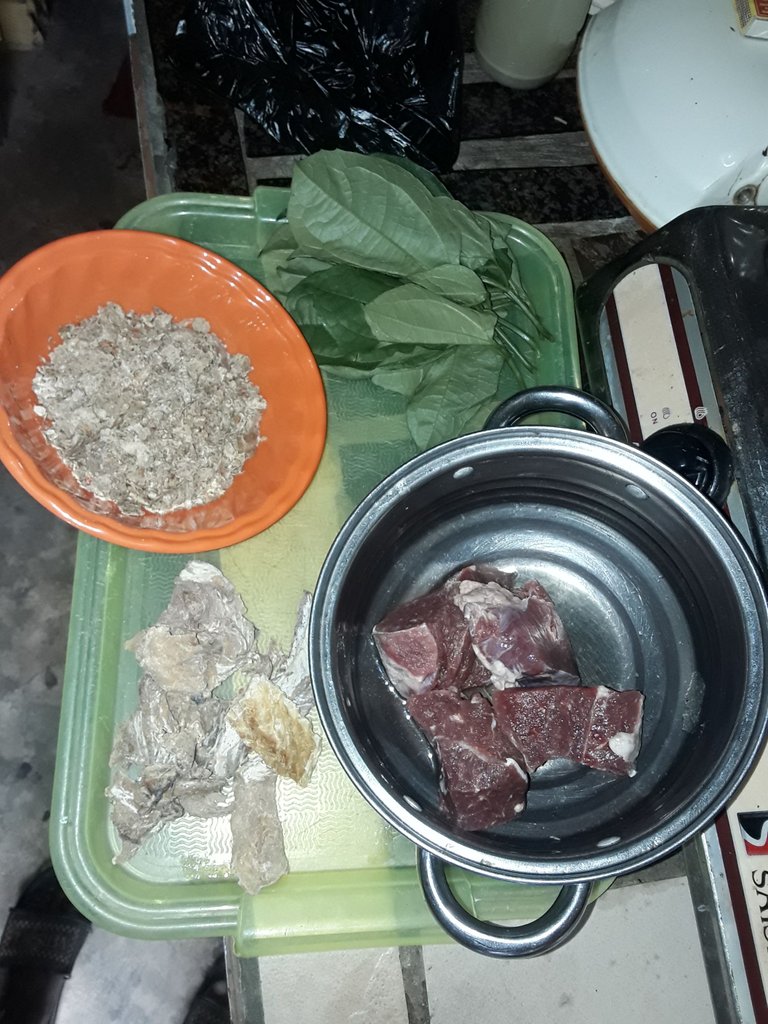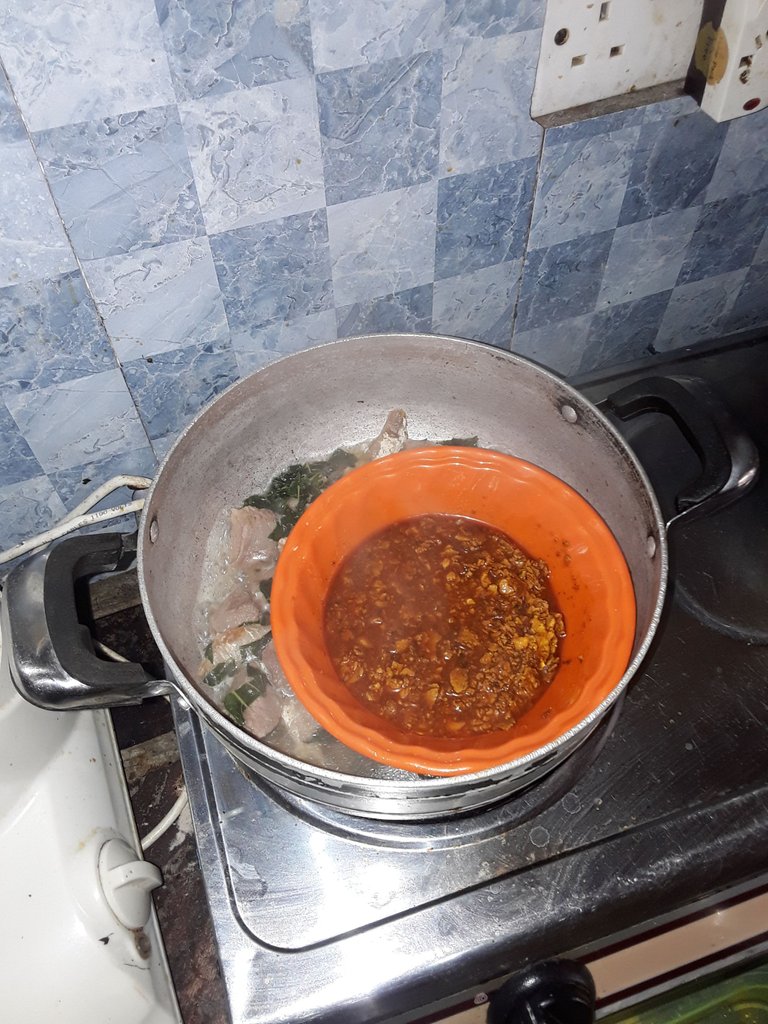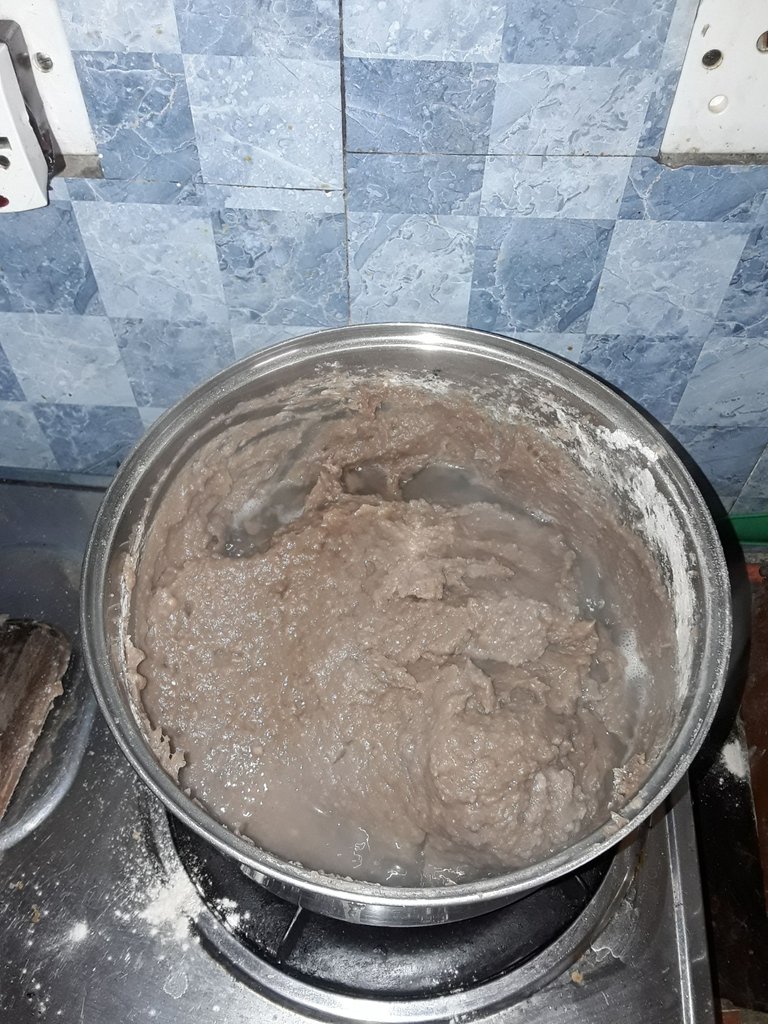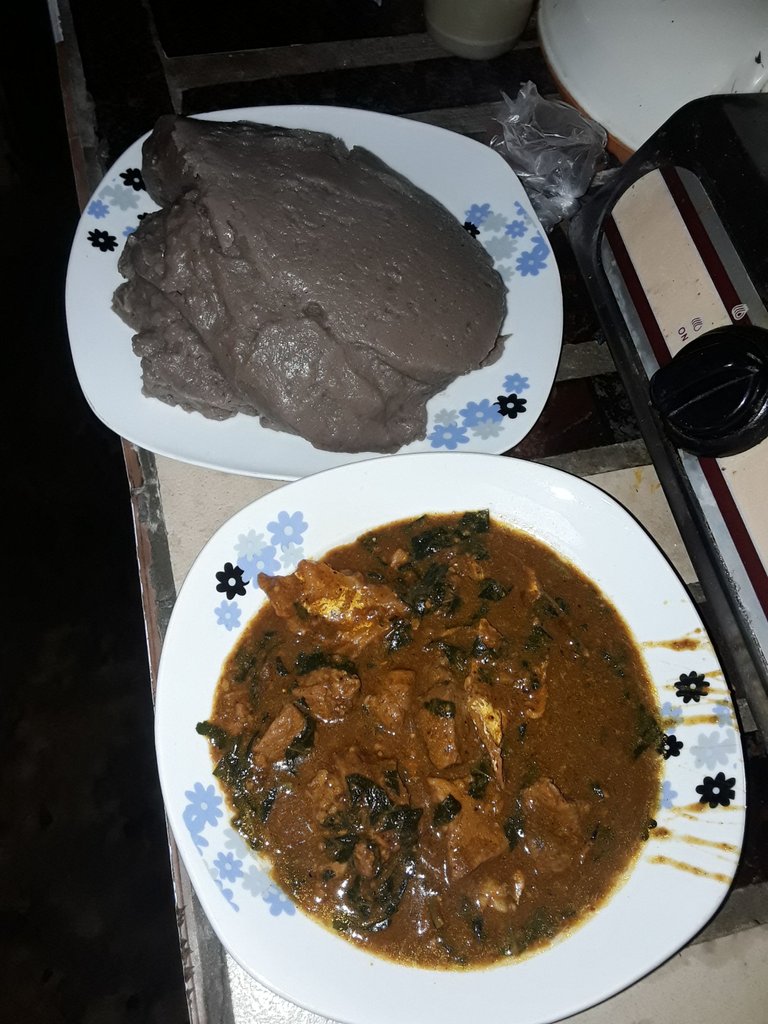Meet a Nigerian Food: Ogbono and Amala
Nigeria is probably one of the most diverse countries in the world with over 250 ethnic groups and 500 languages. However, only 3 major tribes are popular - Hausa, Igbo, and Yoruba. The Hausas generally refers to the people in the northern parts of the country, the Yorubas refer to those in the Southwestern part, while the Igbos refer to those in the south and the southeastern parts.
Each tribe has foods that are peculiar to them, although, boredom in tastes and monotony of foods make people go intertribal when it comes to food. I, a Yoruba person, for example, believe that Yoruba foods are quite boring with low creativity. Hence, once in a while, I try out foods from other tribes, particularly, the Igbo tribe.
The Igbos are known for their soups. It is believed that they do not have a lot of food varieties but when it comes to different leaves and creativeness in utilizing them to make different soups, no tribe can be comparable to them. Hence, you can find the Igbos eating a particular food (grains or swallow) type repeatedly for a long time without getting bored of feeling monotonous because they eat them with different rich soups.
Today, I decided to try out one of the most popular soups among the Igbo tribe. The soup is known locally as "ogbono". The base ingredient in this soup is dried and ground seeds of Irvingia gabonensis. Irvingia gabonensis grows as a huge three up to 50 m in height, grows well in the southern part of Nigeria, flowers, and fruits at different periods of the year depending on the climate. The fruits are usually allowed to mature and fall off the tree before they are picked up and cracked open in order to extract the seeds. The seeds are then allowed to dry before they are taken and sold in the market.
Apart from the seeds that are utilized in cooking ogbono soup, many people are fond of eating the ripe fruits of Irvingia. The tree also forms timbers whose woods are utilized for different construction purposes. Medicinally, various parts of the plant are used for different ailments.
Preparing the ogbono soup
The various ingredients utilized in the preparation of ogbono soup vary from person to person and also depending on how rich one's pocket is. The ingredients at one's disposal might also lead to the modification of the procedures used in the preparation. The following are the ingredients used in my own case:
- powdered mixture of crayfish, dry pepper, and ogbono seeds
- Telfaria occidentalis locally known as ugwu leaves
- stockfish
- beef
- palm oil
- seasoning

Some people prefer to use leaves from different vegetables such as Vernonia amygdalina (bitter leaf), uziza, utazi, or a combination of the leaves. Some also prefer to use offals instead of beef.
- The first thing I did was chop the leaves into tiny pieces after thorough washing. The beef was also washed several times and placed in the pot meant for the soup. Next was the washing of the stockfish and adding it to the beef in the pot. Salt and seasoning were added and the pot was placed on a burner.
- A measured quantity of palm oil was added to the powdered crayfish/pepper/ogbono seeds mixture in a small, heat-resistant bowl. The content was stirred properly to ensure the oil circulates around after which the bowl along with its content was placed in the pot that is already on a burner and covered adequately. The whole content of the pot was allowed to boil for 10 to 20 minutes.

- The small bowl containing the crayfish/pepper/ogbono in palm oil was then brought out and the content was stirred vigorously to ensure a homogenous mixture. The content was then turned into the pot containing boiled beef/stockfish on fire and stirred repeatedly until a thick, drawing mixture was obtained. A little water was added to reduce the thickness a bit.
- The chopped ugwu leaves were then added to the soup while still on fire. At this point, it is pertinent not to cover the soup anymore, otherwise, the ogbono will lose its elasticity or drawing ability. The entire soup was then allowed to stay on fire for about 2 to 3 more minutes before switching the gas supply off. The soup was ready.

Ogbono goes with.....
Ogbono is a soup that is mostly used to eat swallow foods. The swallow foods that are often eaten with ogbono include eba (also known as gàárì), semo, pounded yam, and amala. In my own case, the ogbono I made went with amala.

Àmàlà is a food derived from yam flour. A measured quantity of yaw flour is poured into a commensurate quantity of boiling water in a pot and a pallete is used to stir continuously until a thick, semi-solid substance known as amala is obtained. You can read more on the preparation of amala here.

Nutritional contents of ogbono
The nutritional content of ogbono soup would vary depending on the ingredients used in preparing it. However, the ogbono seed itself has several basal nutritional contents that play an essential role in the body of its consumers. Some people actually consider the seeds as nuts and consequently eat them without any processing.
A couple of research has been done on the proximate and nutritional analysis of ogbono seeds and while some antinutrients were discovered, they were quite minute. Nutrients such as sodium, potassium, calcium, magnesium, zinc, and phosphorus were found in abundance in addition to several other nutrients.
The proximate analysis also revealed the presence of important fatty acids (about 20.7g/100g of dry weight), carbohydrate (21.5g/100g), crude fiber, moisture, etc.

https://twitter.com/gentleshaid/status/1437448822498676743
The rewards earned on this comment will go directly to the person sharing the post on Twitter as long as they are registered with @poshtoken. Sign up at https://hiveposh.com.
Thanks for your contribution to the STEMsocial community. Feel free to join us on discord to get to know the rest of us!
Please consider supporting our funding proposal, approving our witness (@stem.witness) or delegating to the @stemsocial account (for some ROI).
Please consider using the STEMsocial app app and including @stemsocial as a beneficiary to get a stronger support.
Yum! You have been curated @bahagia-arbi on behalf of FoodiesUnite.net on #Hive. Thanks for using the #foodie tag. We are a tribe for the Foodie community with a unique approach to content and community and we are here on #Hive.
Join the foodie fun! We've given you a FOODIE boost. Come check it out at @foodiesunite for the latest community updates. Spread your gastronomic delights on and claim your tokens.
Join and Post through the Community and you can earn a FOODIE reward.
Waoh! Waking up now with empty stomach, how I wish I can get a plate of your prepared ogbono soup and amala on my table now and read the meta morphological aspect later. The last time I chop ogbono was in my undergraduate days. It was prepared by one blessed omo Igbo lady like that.
Let me leave here before I become hungrier.